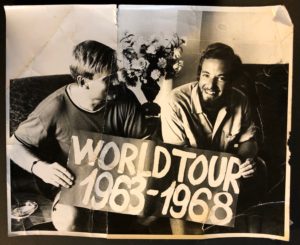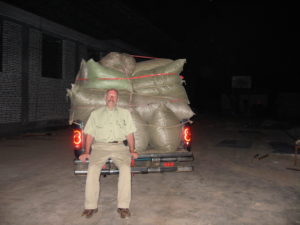Dear Supervisor Rodoni,
As a film director I was lucky enough to have had the opportunity to come across a wide range of people who have contributed to our culture. In Marin County I have had the good fortune to encounter David Lee Hoffman, a visionary innovator who has labored over the past 48 years to turn his property into an environmental laboratory that has perfected systems that—among other invaluable achievements—have turned it into one that USES ONLY 10-20% OF THE WATER of comparable adjoining properties, even while maintaining an extensive organic vegetable garden. This alone should warrant further examination and postponement of the property’s impending dissolution and likely destruction by the County, now slated to occur December 2nd.
An artist, inventor, and sustainability pioneer, David Lee Hoffman built his home as a working model for a zero-waste lifestyle. Deeply disturbed by the impact humans have had on the environment, he labored and devoted his resources to create ecological systems that show how we can create superior soil, grow high grade organic food, and live in a self-sustaining way. It is no overstatement to say these hard-won systems and the property’s artistic and idiosyncratic architecture are a California, if not national, treasure, and it all will be eradicated within two weeks unless there is an urgent intervention.
I hope all concerned can rally and get on the right side of history. It would be tragic and a shame on all of us to allow this achievement and its lessons to be irreversibly lost. If we are able to save the property, it can function as a learning center for future generations, teaching the impact one individual can have on their community and the planet. It can serve as a springboard and inspiration, giving artists, architects, engineers, and students new perspectives to tackle the massive environmental issues ahead of us. If allowed to survive, its lessons can continue to inspire solutions for some of the most important problems of our time.
I hope a Solomonic solution can be arrived at that deals mercifully with this visionary accomplishment.
Respectfully,
Martin Brest
the email was copied to Governor Newsom

